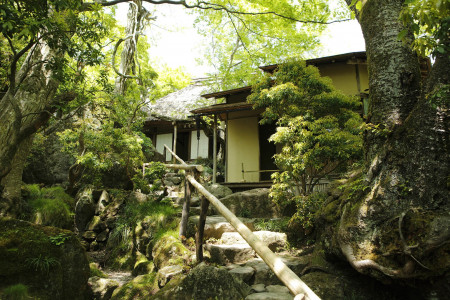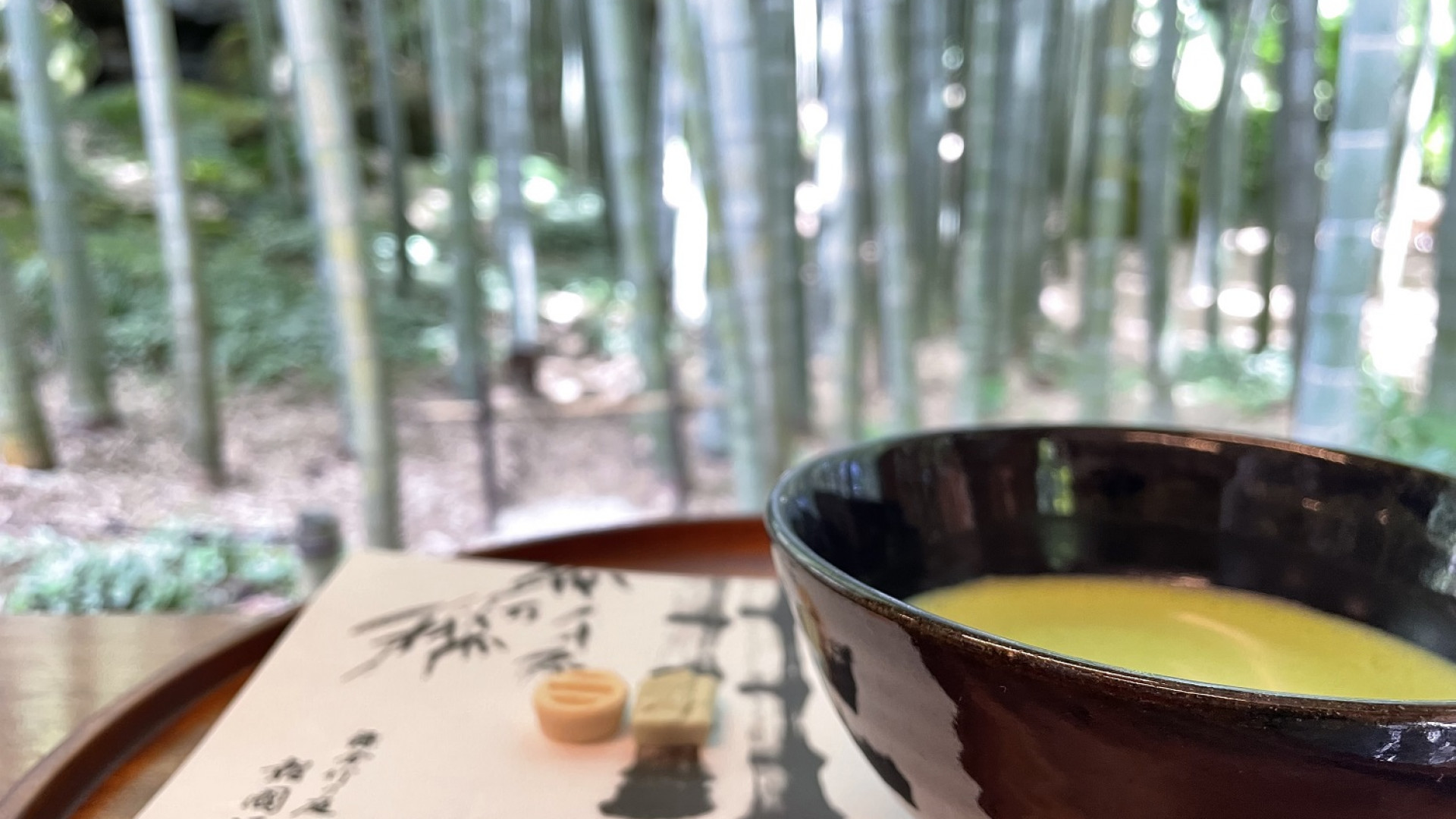

The voyage of Japanese tea culture
It’s no secret that tea is a big part of Japanese traditional culture and Kanagawa is no stranger to this. Being close to Shizuoka’s tea fields, the prefecture has played a major role in the history of tea transportation and is home to many popular tea ceremony venues.
Known as sado, the “way of tea” is the ceremonial preparation and presentation of powdered green tea, called matcha. In the 12th century, upon returning from China, a Buddhist monk introduced tea preparation to Japan. The final form of Japanese tea ceremony as it’s known today didn’t settle until the Muromachi period (1336–1573). Kanagawa Prefecture’s Yokohama Port played a major role in transporting tea nationally and internationally—along with Shimizu Port in Shizuoka—although Yokohama Port was the larger of the two.
Tea ceremony and culture incorporate an aesthetic view of appreciating imperfect, impermanent, and incomplete beauty, called wabi-sabi. Summarized by three realities—nothing lasts, nothing is finished, and nothing is perfect—wabi-sabi ties seasonality to the art of tea ceremony. As the seasons change, so too does the experience of the tea ceremony. No two tea ceremonies will ever be the same.
Closer to old Edo (Tokyo) than the far-flung tea fields of Shizuoka, Kanagawa’s changing seasons and accessibility are still the perfect backdrop to experience traditional tea culture. The history-rich landscape and big-city proximity have become the grounds for a convenient and beautiful place where anyone can enjoy a tea ceremony.

